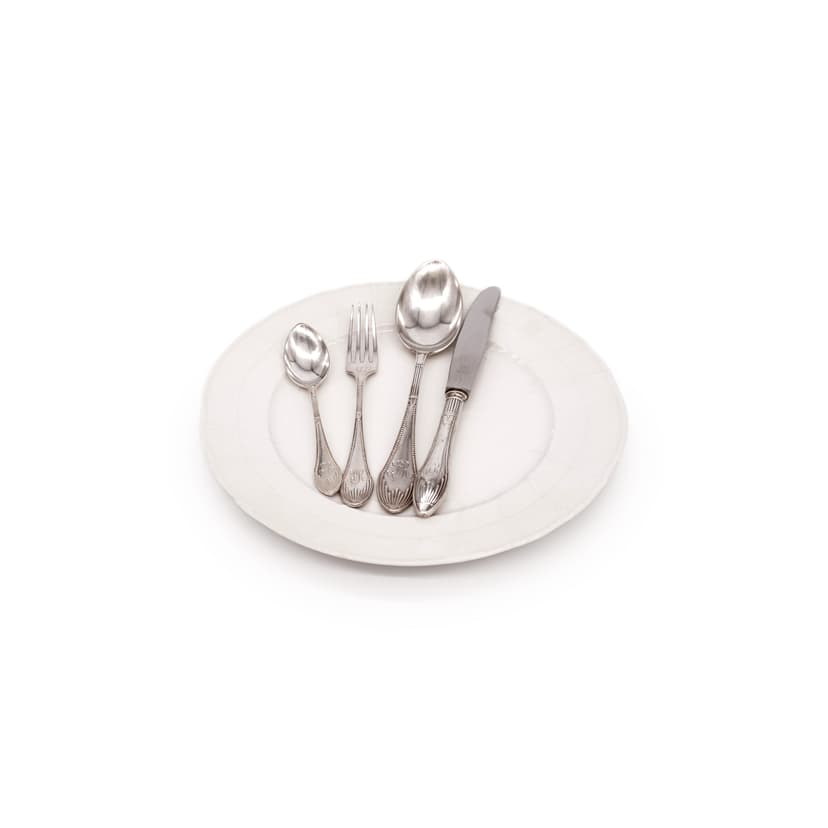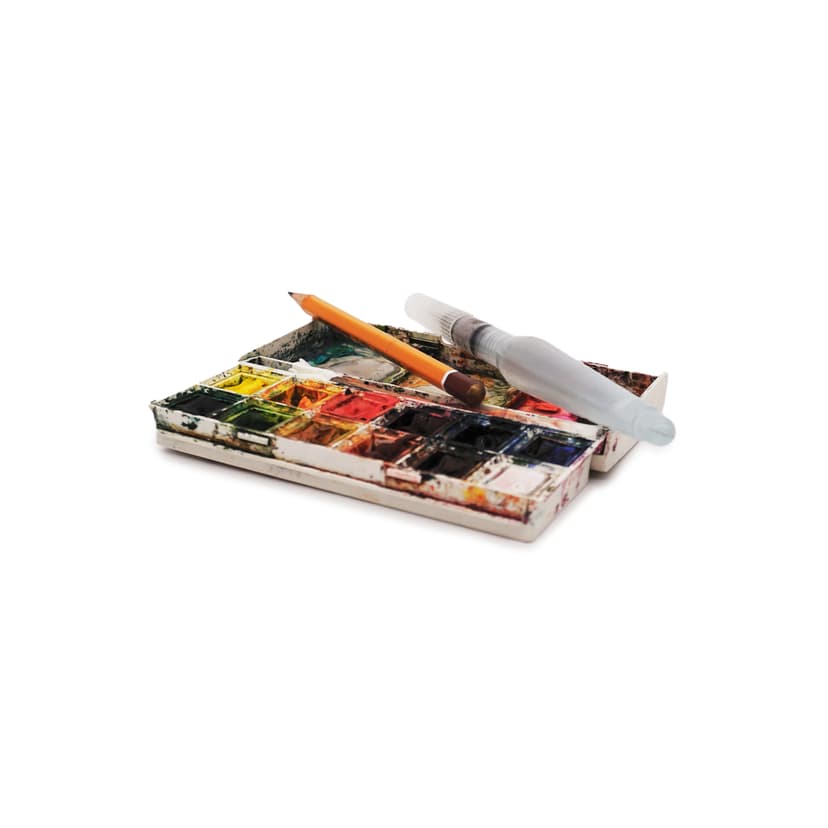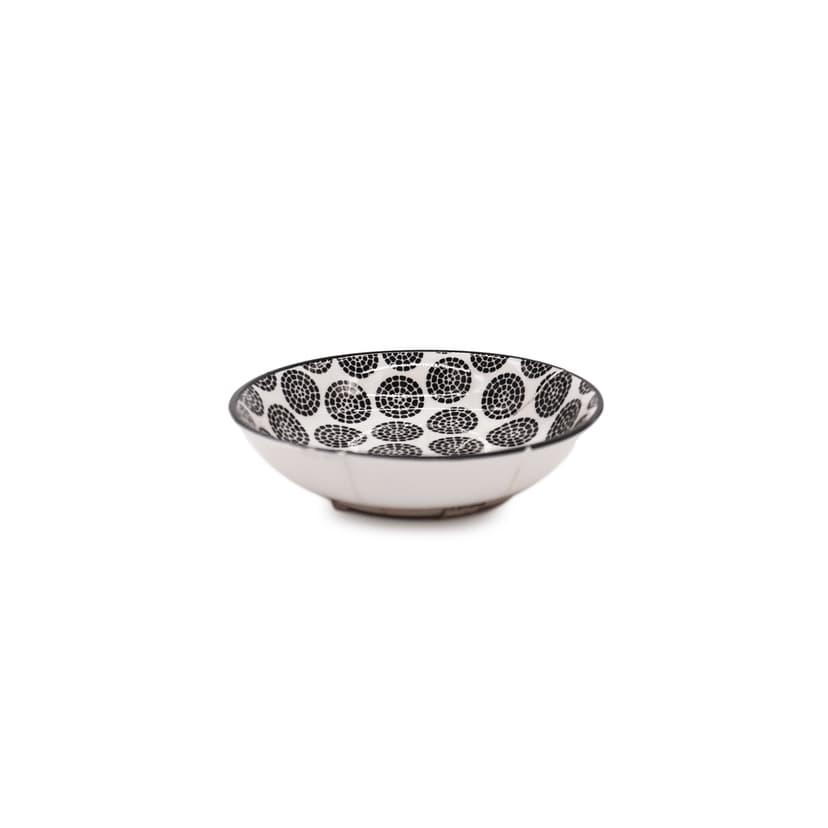I was born in 1961 and was actually born in Kiel. After my parents' divorce, I moved to Lübeck with my mother at the age of five. After completing my commercial apprenticeship at an art publishing house, I landed somewhat unexpectedly in the restaurant industry in 1996. I took over the Chapeau Claque with two business partners, which I continued to run on my own a year later. After 19 years of working nights at this trendy hangout, it was time for a change: after an extensive renovation, the "CC" became "Location 25," "The Good Room in the Hartengrube." In 2007, the Bremen owners wanted to sell the house at Hartengrube 25-27 and offered it to me. With the help of my bank and family, I slipped into the role of owner, and that's when my interest in the history of this building began.
In the Lübeck City Archives, I was able to examine a building inspector's file covering the period from 1855 to 1922. The old address books were also helpful; other important documents were lost in the bombing of Lübeck in 1942. In 1563, the Stecknitzfahrer (Stecknitz Drivers) acquired the property in the Hartengrube, including the front building and the Stecknitzfahrer Gang (Stecknitz Drivers' Alley) with its six stalls. These were sailors who transported salt from Lüneburg to Lübeck. The front building contained an inn, and above it a hall. They declared this building their official residence, where the "Kringelhöge" (Circle Highness) was held for many years. Numerous documents exist on the history of the Stecknitzfahrer. In 1844, the Stecknitzfahrer's office ended, and the property was sold; a fellow official continued to run the inn. By 1903, the building had become so dilapidated that the house and the alley with its stalls were demolished.
In 1904, the Ratzeburg Brewery commissioned the construction of the current building, along with a rear building that housed a dance hall for several years. It was important to the building authorities at the time to draw attention to this historic site, hence the name "Altes Stecknitzfahrer Amtshaus" (Old Stecknitz Driver's Office Building) on the side facades and the two figures above the entrance portal – the old and young Stecknitz Driver – created by the artist Cr. Cuwie. The current building initially received preliminary monument protection, but was later registered as a historic monument. When I began renovating the restaurant in 2016, the exterior facade of the building, the lettering, and the two figures were renovated or replaced. The old Stecknitz Driver, whom I only knew as headless, was given a new head based on old models. The artist Sven Schöning created the mold and cast of the sculptures; this was made possible by the Lübeck Possehl Foundation. This is how I came into contact with the "Verein der Stecknitzfahrer e.V." (Stewnitz Drivers Association). On November 11, 2016, the two figures were ceremoniously unveiled by the elder Mr. H. Haase and Mrs. Cuwie, the great-granddaughter of the original sculptor. Many neighbors attended the event.
A pleasant relationship has developed with the Stecknitz drivers. Their husbands gave me great support, especially at the recent Hanseatic Culture Festival in our neighborhood.
I developed an interest in history from an early age, awakened by local history classes, which even then reported on the salt transport on the Stecknitz River. My interest certainly also stems from the fact that both my father and mother's side of the family were refugees from Pomerania and East Prussia. My mother was born in Berlin. In 1938, her father was transferred to Kolberg, and so the family moved there. The Baltic Sea resort of Kolberg was a tranquil spa town and a garrison town with a significant history. My father was also born there. The town had not experienced any bombing raids until the beginning of 1945, but had taken in many people who had been bombed out or were seeking protection. Starting in the winter of 1944, thousands of refugees from the eastern territories, fleeing the Russian army, came to Kolberg by train, ship, or trek. They hoped to reach the West from there. The town originally had around 30,000 inhabitants and now swelled to over 100,000. My mother, like many other young people, was deployed to the "wartime auxiliary service." Descriptions of this dramatic period were often told at family and friend gatherings. As a child, I listened intently to the whole experience, always wanting to hear more. In retrospect, it may not have been entirely appropriate for a sensitive child's mind.
When the "Wilhelm Gustloff" was torpedoed and sank in the Baltic Sea on January 30, 1945, with over 6,000 refugees on board, several survivors arrived in Kolberg by speedboat. My mother was responsible for caring for them and heard of their fate; she was determined not to leave her homeland on a ship. In February 1945, the relatives from East Prussia arrived in Kolberg after a dramatic escape, some riding across the frozen lagoon, some exchanging their sleighs for a small hunting wagon. They left Kolberg with this wagon on March 3, accompanied by five people. My mother rode alongside on her heavily laden bicycle and, weeks later, reached East Holstein on May 1. My father, who had just turned 17, wanted to board a ship in the harbor with his mother, but the military police (watchdogs) wouldn't let him through, arguing that he could defend the city. My grandmother often told the story of how a neighbor approached her on the ship and said, "Our beautiful Kolberg." My grandmother turned around, saw the burning city, with her youngest son still inside, and fainted. The city was now encircled by the Russian army and almost 90 percent destroyed in the 14 days of the siege. Kolberg was held for so long so that as many refugees as possible could still get onto a ship. Before the city fell, my father managed to escape at the last moment on a speedboat. The number of refugees rescued from Kolberg by the navy and the ships it commanded is said to have been 120,000.
In addition to all the sad accounts of my parents and relatives, there was also talk of the beautiful things they owned back home. This is certainly where my penchant for old things comes from, and throwing them away isn't something I find so easy. Since my mother had to work after the divorce, I often stayed with her mother. In the small two-room apartment she moved into after her husband's sudden death in the 1950s, there was an old secretary and a display cabinet, family heirlooms. These two pieces of Biedermeier furniture come from my grandfather's Mecklenburg line and were left to my grandmother by his sister to furnish the apartment. A KPM porcelain service was displayed in the display case. Three of these dinner plates had been taken with them during the escape, and a complete Art Nouveau silver cutlery set from the family had also been saved. As a child, I always admired these things, as they were only displayed on special occasions. Today, I cherish these pieces.




